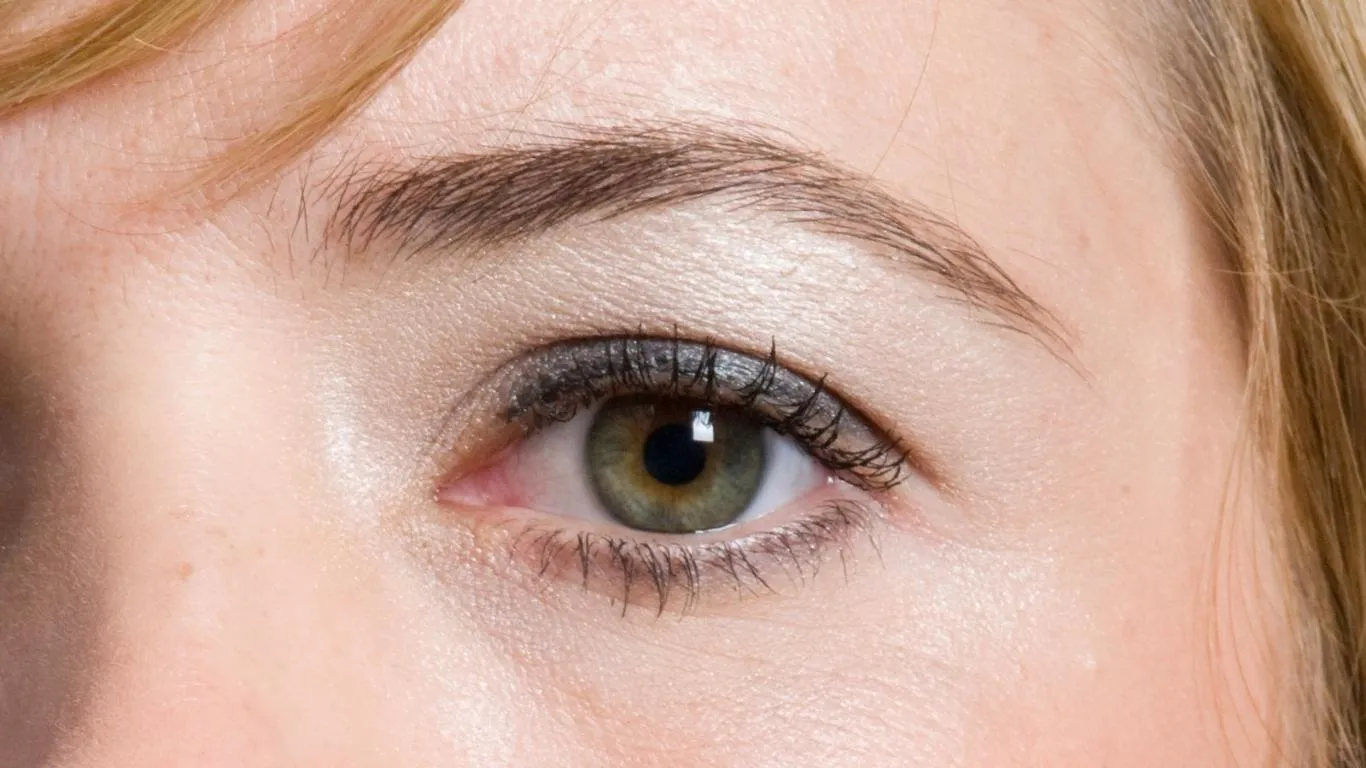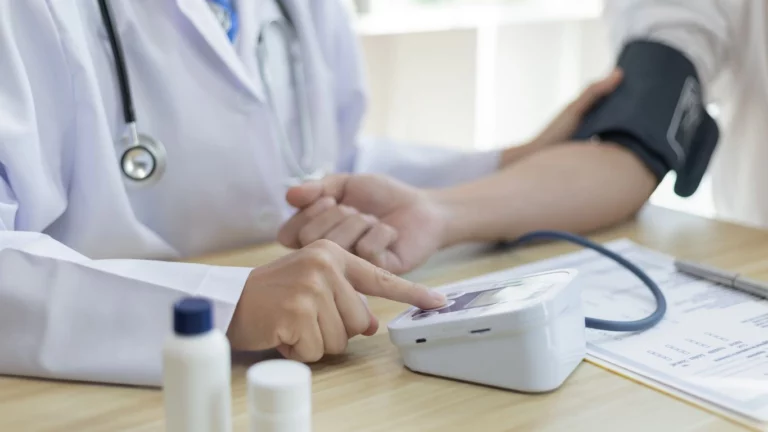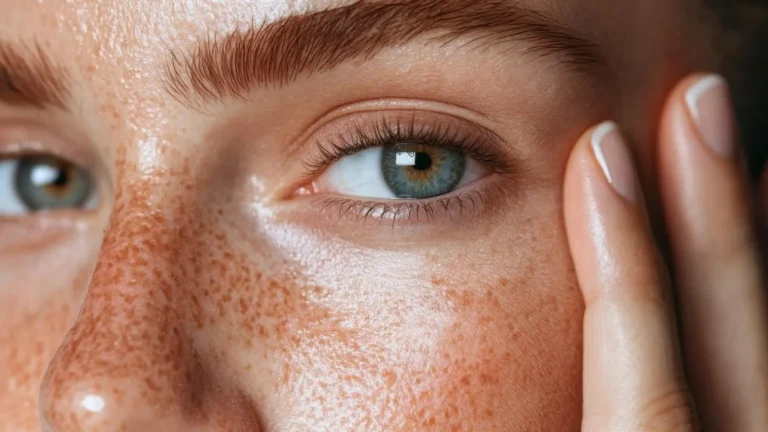Why Floaters After Intense Visual Tasks Can Disrupt Your Focus
Ever wrapped up a long day staring at your screen—juggling spreadsheets, editing videos, scrolling endlessly—and suddenly noticed strange, drifting shadows in your field of vision? I’ve been there. The first time I saw those tiny floaters zigzagging around after hours of designing on my laptop, I thought my screen had a bug. Nope. Turns out, it was my eyes waving the white flag. Floaters after intense visual tasks aren’t just annoying—they can be downright alarming if you don’t know what they are or why they show up.
What Are Floaters, Really?
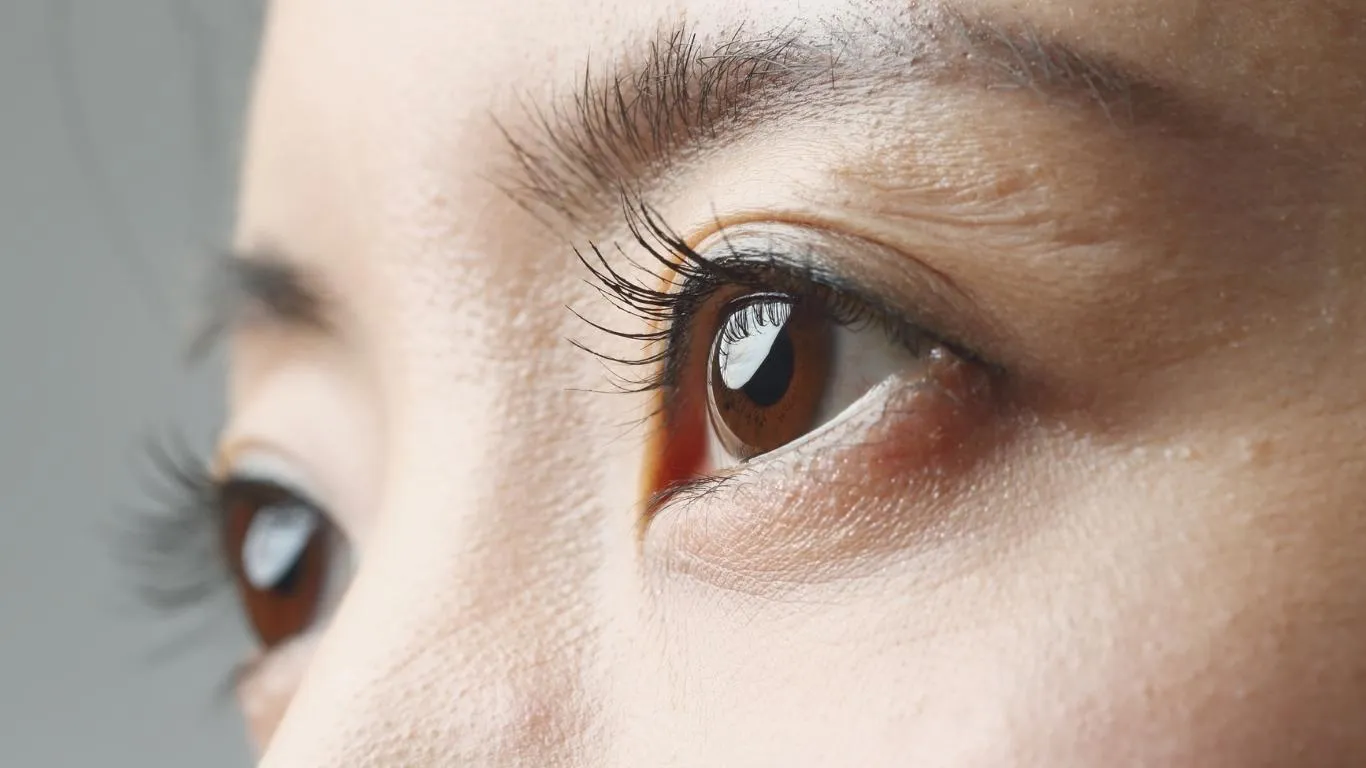
Eye floaters are those semi-transparent, cobweb-like specs or strands that drift across your vision. You’re not seeing things—they’re real. They happen when tiny fibers inside the vitreous (the jelly-like part of your eye) clump together, casting shadows on your retina. After hours of laser focus on digital tasks, these floaters tend to become way more noticeable.
Why They Pop Up After Visual Marathons
Intense visual tasks—think designing, coding, gaming, or any back-to-back Zoom meetings—require sustained focus, reduced blinking, and often poor eye ergonomics. Combine that with dehydration and blue light exposure, and your eyes get stressed. Big time.
- Dehydration makes the vitreous humor shrink, increasing floater movement.
- Screen strain tightens the eye muscles and reduces tear production.
- Prolonged focus can restrict blood flow, exacerbating floater visibility.
There’s even some buzz about how screen time is quietly ruining your floater comfort. Trust me, I had days where the moment I looked away from my monitor, the “ghost jellyfish” started swimming in my sight.
Are These Floaters Normal or Something More?
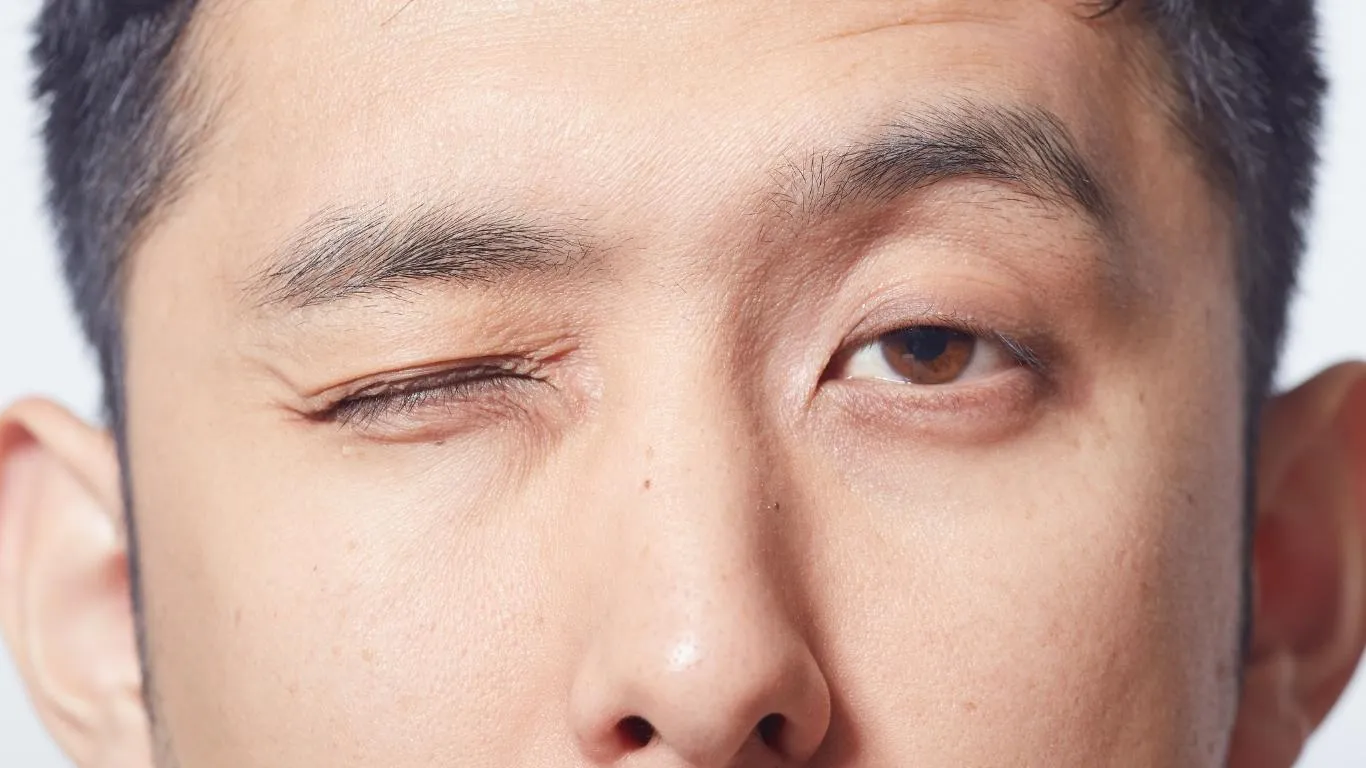
Here’s where it gets tricky: Most floaters are harmless. But not always. If you suddenly experience a sharp increase in floaters, light flashes, or any peripheral shadowing, it might indicate something serious—like a retinal tear.
In fact, floaters can be an early warning of a retinal tear, especially after excessive screen exposure combined with dry, fatigued eyes. Better safe than sorry. I once booked an eye exam on a whim, only to find early signs of posterior vitreous detachment (PVD). It’s more common than we think after age 40 or in people with myopia who overdo visual focus.
So When Should You Worry?
- You notice sudden new floaters that weren’t there yesterday.
- Floaters are accompanied by flashing lights or blurred side vision.
- They come on after physical strain or intense movement.
That third point hits home—I once thought I was getting a migraine aura after binge-watching a season of a show while working on graphic design projects. It was floaters, amplified by fatigue and prolonged screen time.
Common Triggers During Visual Deep Work
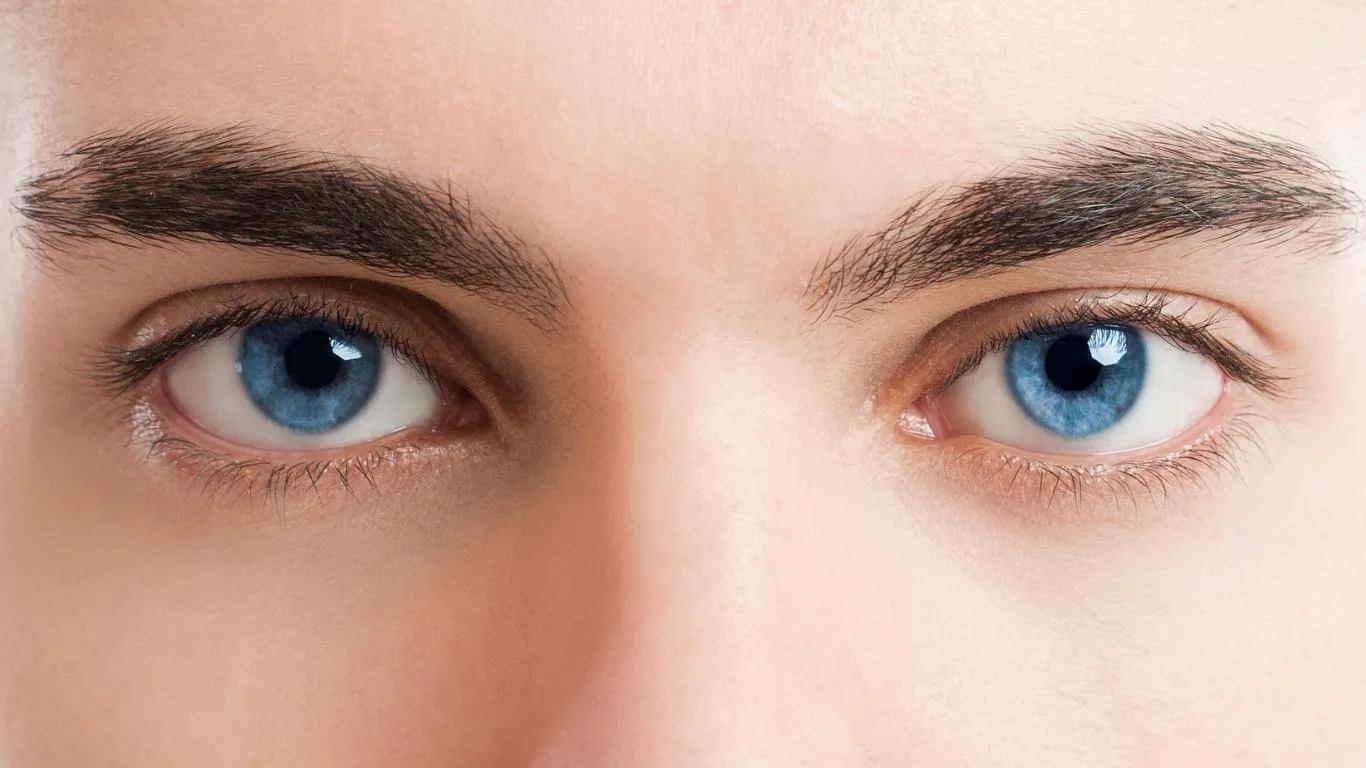
While age and genetics play a big role, these culprits love to tag along during your most productive moments:
- Artificial lighting – especially those cool-toned LEDs that dry your eyes out faster.
- Low blinking rate – research shows we blink 66% less during screen time. Yikes.
- Poor hydration – not sipping enough water while grinding through tasks affects vitreous health.
- Bad posture – slouching messes with ocular blood flow.
One thing I picked up from a visit to my eye doctor? Sometimes it’s not the floater that’s new—it’s the background lighting or contrast that makes them pop. That’s why they seem worse during bright work sessions or scrolling through white documents.
Not All Floaters Are the Same
If you’ve ever seen floaters that look more like cobwebs or rings than squiggly lines, pay attention. These types may hint at vitreous traction or more complex issues. It’s all about the shape, timing, and what’s happening around your eyes at the moment.
Can You Prevent Them While Still Crushing Your Screen Goals?

You don’t have to ditch your job or favorite hobby. Here’s what worked for me—and my eyes thanked me later:
- Practice the 20-20-20 rule: Every 20 minutes, look 20 feet away for 20 seconds.
- Stay hydrated—especially if you’re glued to screens for hours.
- Invest in blue light filters or screen overlays.
- Try gentle eye exercises that stimulate eye fluid movement.
- Eat for your eyes—think lutein-rich foods like spinach, kale, and eggs.
These simple lifestyle shifts helped reduce the intensity and frequency of floaters for me—especially after those brutal all-nighters editing client footage.
For more in-depth insights on floater-related risks and treatments, check out this detailed article on floater treatments and the main guide to understanding eye floaters on Healthusias.
When Visual Strain Crosses the Line
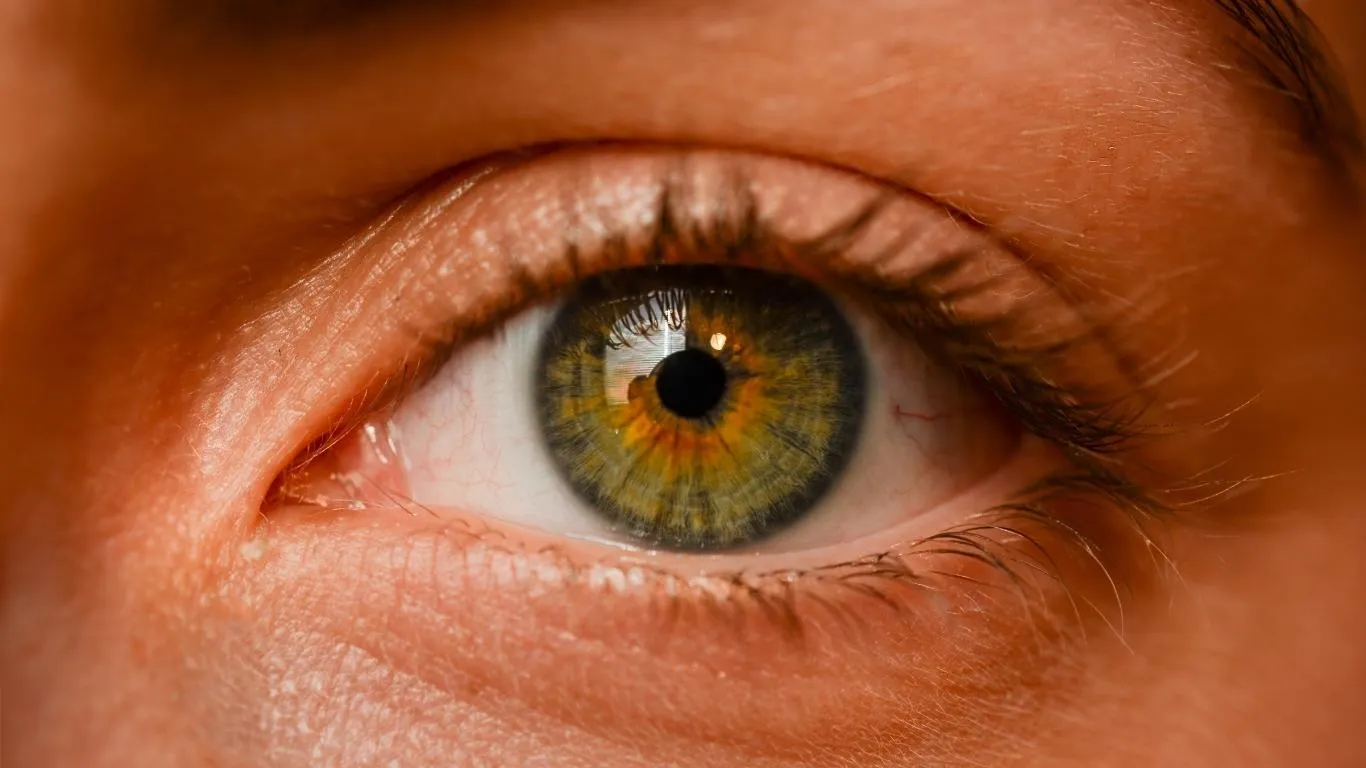
There’s tired… and then there’s visually overloaded. The kind of tired where your eyes feel like sandpaper, and everything in your field of view seems to swim a little. If floaters are showing up after every long edit or gaming session, it might be your cue to pump the brakes. I remember grinding out a week of back-to-back presentations—I barely blinked, barely slept, and by Friday, I had what felt like a swarm of floaters floating across every white background.
Turns out, lack of sleep combined with high screen exposure can significantly intensify floater perception. Your eyes need rest just as much as your brain does. Ignoring that can snowball into chronic discomfort or worse—vision issues that don’t fade by Monday morning.
Floaters That Change After Intense Use
Ever notice how sometimes floaters become bigger, or they start moving faster after you’ve stared at code or digital designs all day? That’s not your imagination. I once found an article (shared by my optometrist) about how sudden pressure changes in the eye—even from coughing or intense mental effort—can affect the vitreous consistency. It sounds wild, but when you think about how connected your whole system is, it actually makes sense.
- High visual concentration can cause increased eye muscle tension.
- Neck and head pressure during bad posture intensifies eye stress.
- Micro-movements in the vitreous after long screen use are more noticeable against bright surfaces.
It’s easy to dismiss them as temporary, but if the floaters start shifting, multiplying, or appearing darker—especially after marathon screen sessions—it’s worth a deeper look. My own optometrist caught early signs of lattice degeneration just because I paid attention to the dark floaters that appeared post-work binge.
Science Behind The Floaters After Focus
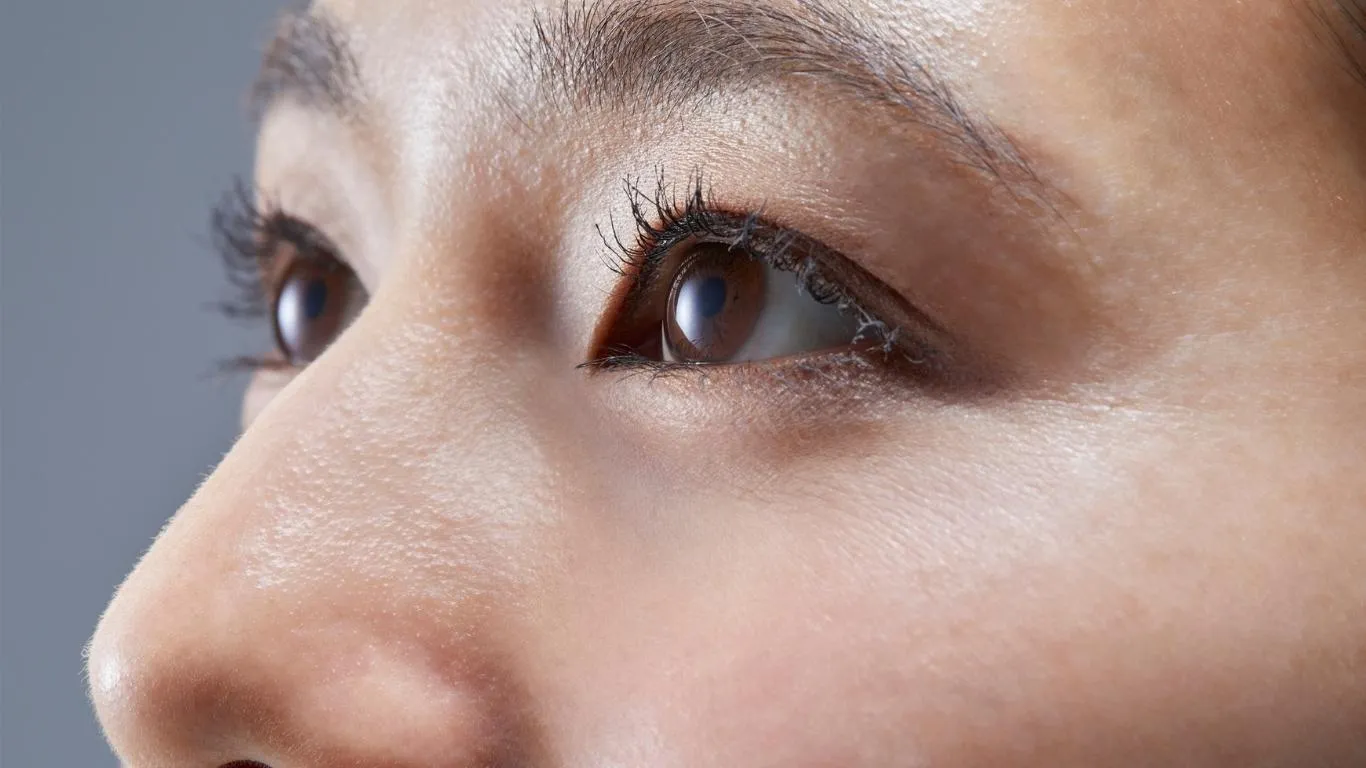
Let’s geek out for a sec. Intense visual tasks activate the parasympathetic system less, meaning your body goes into overdrive mode. Add blue light to the mix, and you’re essentially putting the retina under duress. The vitreous humor—the jelly that gives your eye its shape—starts to age, liquefy, or pull slightly away from the retina. That’s when floaters sneak in.
If you’ve had LASIK or PRK, this can get more complicated. In fact, many people report increased floaters post-surgery, especially when diving back into long work hours too soon. I wish someone had told me to ease back into visual work after my eye surgery—I learned the hard way when those tiny ghosts returned in week two.
Who’s More at Risk During Visual Overload?
- People over 40 – natural vitreous changes are already underway.
- Myopic individuals – more eye elongation, more vitreous pulling.
- Those recovering from eye trauma or surgery – higher sensitivity to visual stress.
- Chronic dry eye patients – floaters become sharper due to tear film irregularity.
Floaters can also be more noticeable if you have high myopia. Personally, I’ve lived with mild myopia since college, and floaters became part of my visual life once I started long-form video editing. It’s manageable—but only if you stay aware and proactive.
Healthy Screen Habits That Help
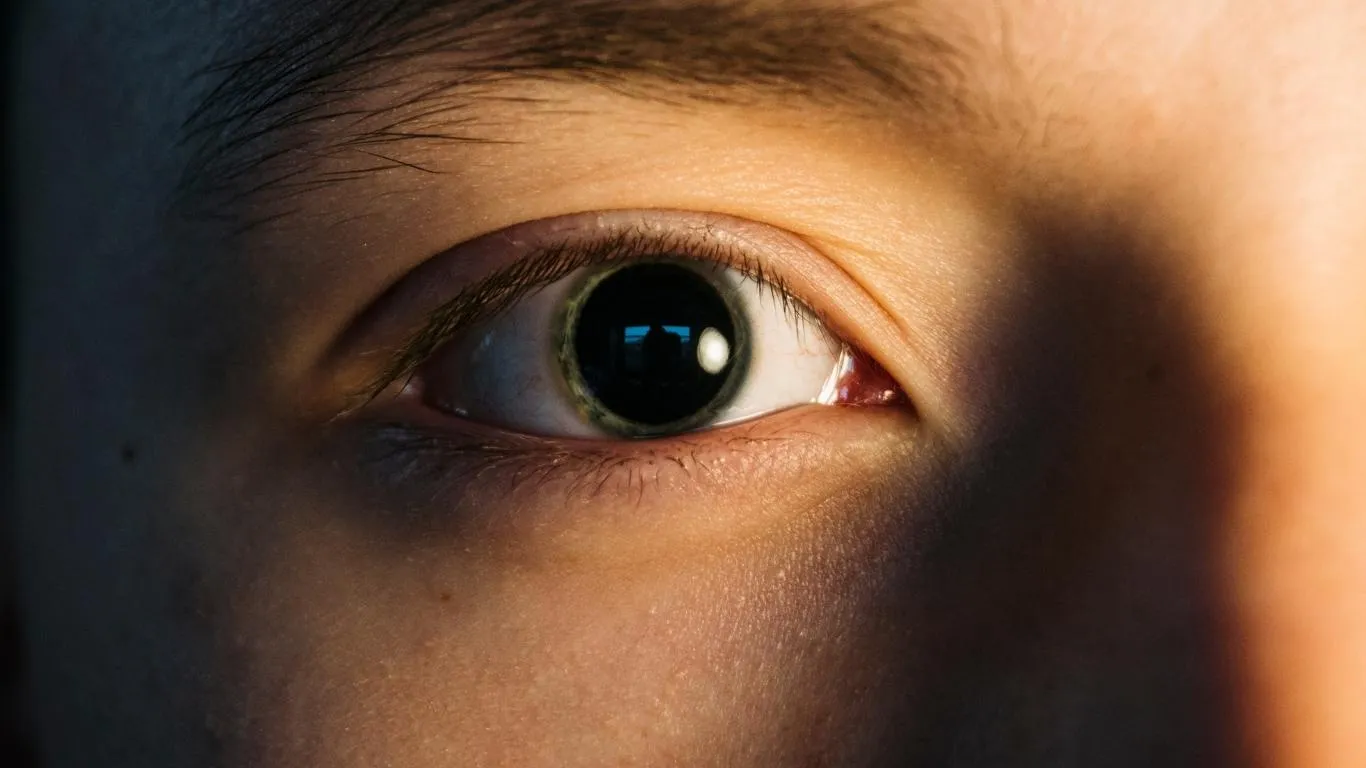
Okay, so what can you actually do? Giving up screens is a fantasy. But changing how you use them? Totally doable.
- Keep screens at eye level to reduce muscle strain in the neck and eyes.
- Use apps or system tools to adjust screen temperature to warm tones after sunset.
- Position lighting to avoid glare and contrast spikes on the screen.
- Schedule off-screen breaks—not phone breaks, real no-screen moments.
- Try natural support for vitreous health through herbs and hydration.
One underrated trick? Looking out a window at a distant object. It literally stretches your eye’s focus and gives your eye muscles a break. I try to do it between Zoom calls. Makes a huge difference in floater visibility—no joke.
When It’s Time to Call an Eye Doctor
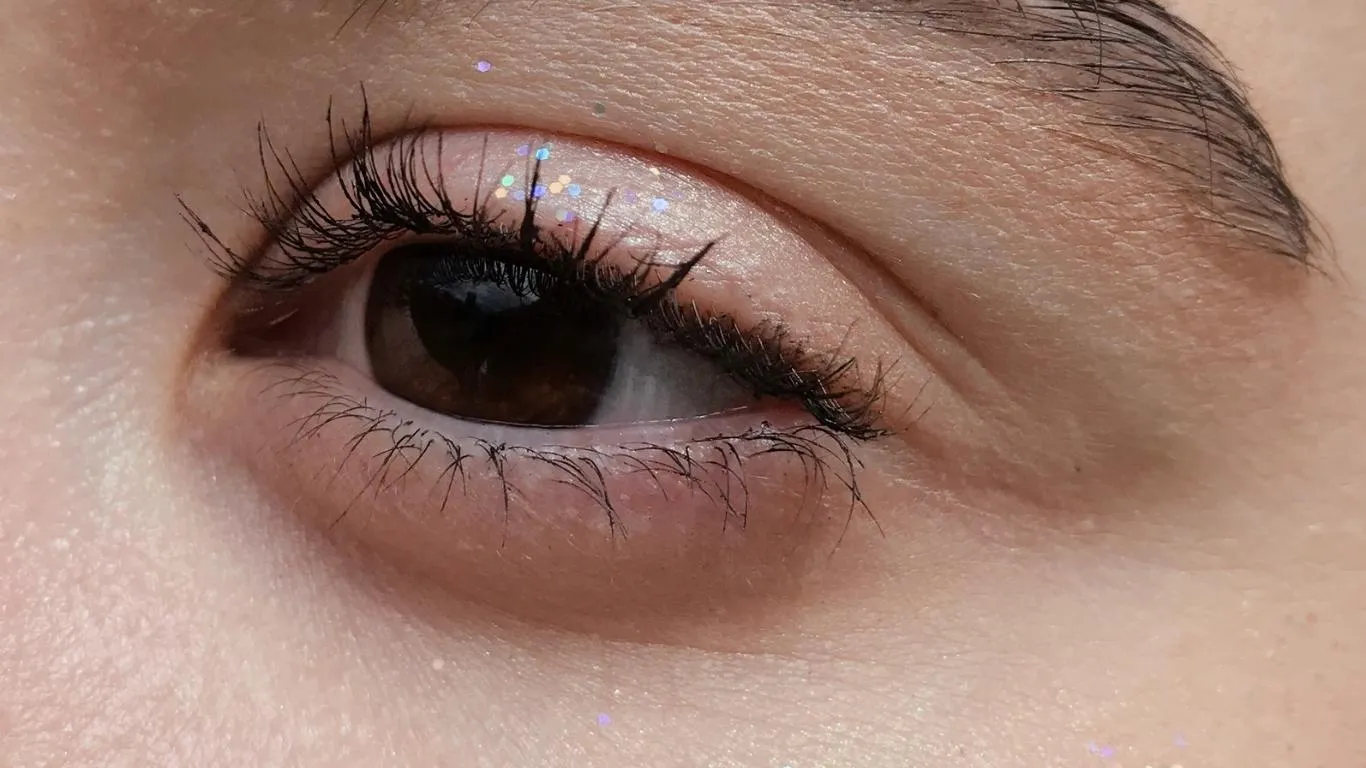
If floaters start disrupting your daily vision—or if you notice them only after doing specific tasks—it’s time to get checked. Sudden changes, especially if floaters come with dizziness or head pressure, could be signs of something more serious. Trust your gut.
Most of the time, floaters after screen time are more annoying than dangerous. But that doesn’t mean they should be ignored. If they’re changing shape, color, or frequency, or if they persist beyond the session, your eyes are asking for help. And honestly, they deserve it.
For a complete understanding of what causes floaters and how to treat them based on your age, visual habits, or pre-existing conditions, this guide to floaters vs. other vision issues really helped me sort through the confusion.
Also, bookmark this in-depth overview on what causes eye floaters and how to manage them—a solid resource to revisit if floaters are becoming a frequent flyer in your life.

Camellia Wulansari is a dedicated Medical Assistant at a local clinic and a passionate health writer at Healthusias.com. With years of hands-on experience in patient care and a deep interest in preventive medicine, she bridges the gap between clinical knowledge and accessible health information. Camellia specializes in writing about digestive health, chronic conditions like GERD and hypertension, respiratory issues, and autoimmune diseases, aiming to empower readers with practical, easy-to-understand insights. When she’s not assisting patients or writing, you’ll find her enjoying quiet mornings with coffee and a medical journal in hand—or jamming to her favorite metal band, Lamb of God.
